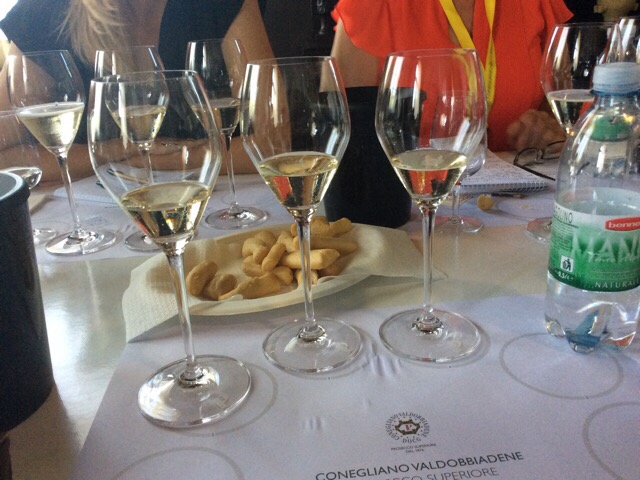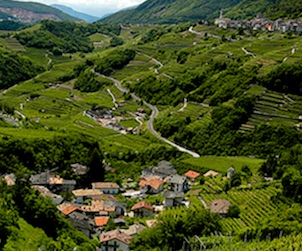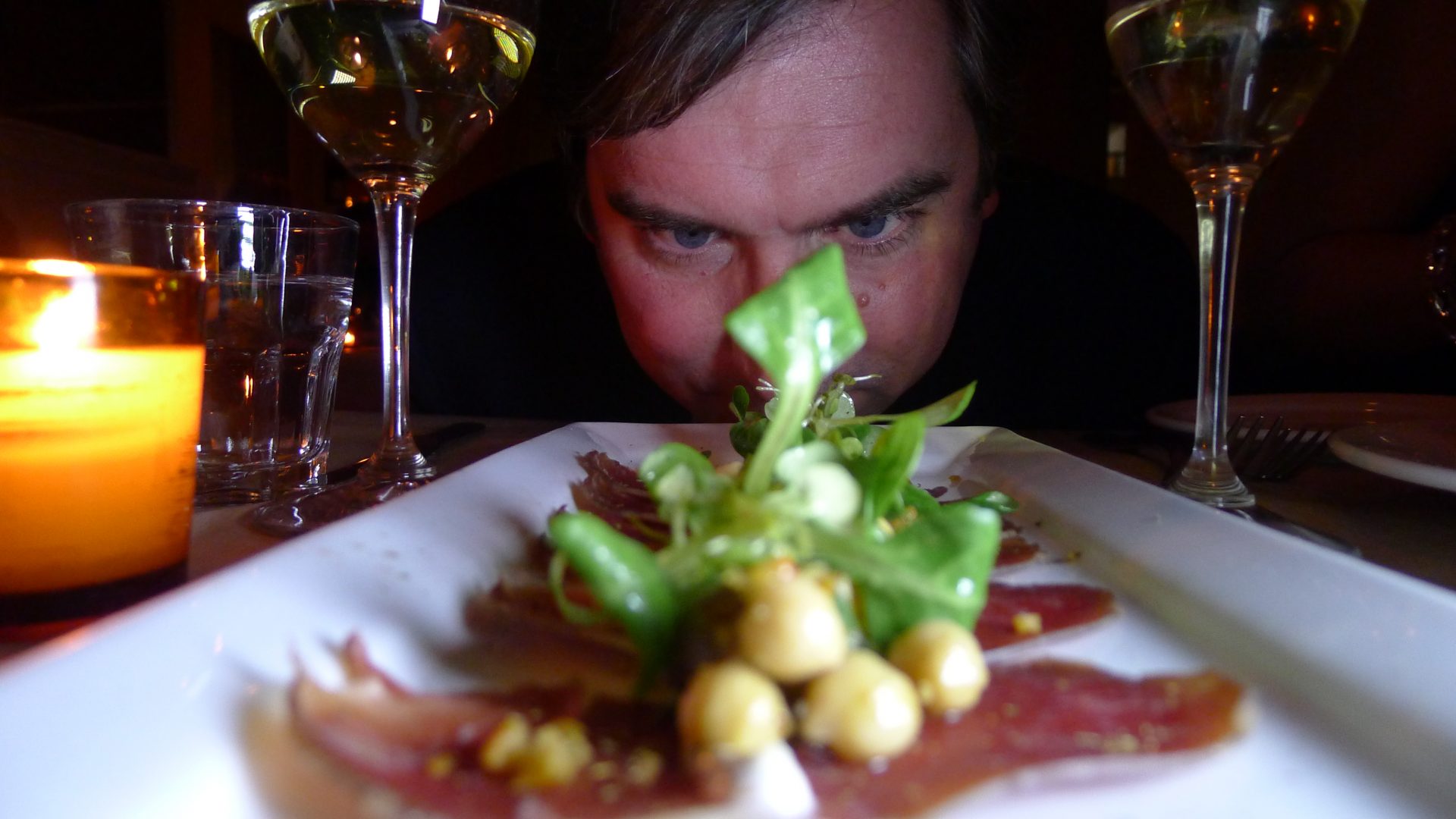
Today it was time to learn all about Prosecco at Italy’s oldest Enology school, the Scuola Enologica di Conegliano, which was founded in 1876.
First up, let’s get one thing out of the way… an understandably common misconception:
Prosecco is not a type of grape… or rather it is no longer a type of grape.
Confused yet? Please bear with me…
Since 2009, the year that many refer to as the year of the Prosecco Revolution, the main grape that makes up a minimum of 85% of a bottle of Prosecco has been referred to as Glera, the rest being made up of ancient local varietals Verdiso, Bianchetta, Perera, Glera Lunga, Pinot Bianco, and Pinot Gris, with interlopers Chardonnay and Pinot Noir occasionally making a cameo appearance. The term Prosecco now refers to an Italian wine style. Capisci?
With a consortium of 11 producers established in 1962, Prosecco received its DOC way back in 1969. But it was in the all important year of 2009 that DOCG status was applied to better quality Proseccos from a delimited area in Veneto. Take it from me, it’s certainly these wines that you should be keeping your eye on, as the wines labelled Prosecco DOC come from a huge catchment area that spans vast swathes of both Veneto and Friuli and is, to be quite frank, quite often a bit shit… although after some study it appears that there are just as many quite good DOCs as there are crappy DOCGs.
So an essential thing one must understand is that not all Proseccos are born the same.
Far from it actually.
So for quality Proseccos one should be looking for the natty little DOCG band on the bottle and the terms Conegliano Valdobbiadene DOCG (or Collo Asolani DOCG) on the label… although to be quite honest, the former is probably more likely seeing as the latter is a really tiny appelation within Prosecco that only produces around three million bottles a year. This DOCG band and labelling tells the consumer that the wine contained within has undergone a series of chemical and onganoleptic government analysis in the vineyard, winery, and glass to ensure it is up to snuff.
But that’s not the end of the story. Oh no… there are quite a few more layers…

Ahhh… that’s more like it… some decent stemware. This is Riedel’s special Prosecco Conegliano Valdobbiadene DOCG glass.
Above the basic DOCG level one can find labeling that denotes that the wine comes from one of 43 Rive. The easiest way to explain the Rive system is to think of it as being similar to the Burgundy Village sites, and these tend to be the vineyards on the steepest of slopes located in one of 15 small townships in Conegliano Valdobbiadene. More an indication of geographical location than quality in my mind.
And then there is yet another quality level of wines above this, Proseccos hailing from a mere 107 hectares nestled within the region, that go under the name of Superiore di Cartizze. Think of these as being the Prosecco equivalent of the French Crus. Now I know that Conegliano Valdobbiadene Superiore di Cartizze DOCG doesn’t exactly trip off the tongue, but that is where you are going to find the very finest examples of this much misunderstood wine.
You’ll also find three levels of dry/sweetness, the driest being those wines labelled Brut (up to 12g of residual sugar per litre). Next up you’ll find the Extra Dry Proseccos (12 – 17g) and then finally the bottles designated as Dry (17 – 32g).
And finally, yes, FINALLY, you’ll see three different levels of fizziness. From the still (but not actually still) Tranquillo, through the petillant Frizzante, to the sparkling Spumante.
And then there’s the murky world of colfondo… but that’s a story for another day.
And there you were thinking that it was all just Prosecco, right?
 Edinburgh-born/Toronto-based Sommelier, consultant, writer, judge, and educator Jamie Drummond is the Director of Programs/Editor of Good Food Revolution… And he’s rather glad that his chronic motion sickness didn’t kick in on those winding roads today.
Edinburgh-born/Toronto-based Sommelier, consultant, writer, judge, and educator Jamie Drummond is the Director of Programs/Editor of Good Food Revolution… And he’s rather glad that his chronic motion sickness didn’t kick in on those winding roads today.







